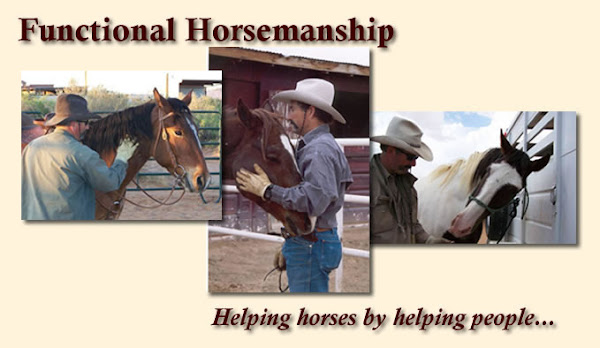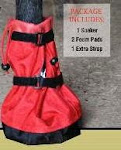Not only do drug smugglers bring narcotics across the border on horseback, the good guys use horses to combat drug smuggling. There are places along the border that Border Patrol agents are not allowed to use motorized transportation. These places and long tracks in rugged border mountain areas are where horses come in real handy. There are many people who have not experienced the Southern border first hand and have no idea of not only the problems with criminal groups smuggling narcotics but people as well. The difficulties with the terrain and climate add to the burden of enforcing the border. In many sections of the border, communications is non-existent. Agents can't communicate to their dispatchers, nor call for help if needed. The story below is an example of the doggedness of Border Patrol agents, assisted by CBP air units.
U.S. Border Patrol Agents assigned to the Lordsburg (New Mexico) Stations Horse Patrol Unit, with the assistance of Air and Marine units, tracked and located a group of narcotics smugglers Tuesday 18 November in the dense terrain of the mountains of southern New Mexico. This incident was one of many that resulted in drug seizures as part of a very busy week for agents in that region.
Agents first discovered that several individuals crossed the U.S.-Mexico border on foot near Antelope Wells on Saturday and began tracking them through the Animas Valley. Due to the difficulty of terrain, the search became tedious.
Agents remained persistent in pursuing the suspected illegal crossers over a span of three days. The combined effort of agents on the ground and assistance from members of the Office of Air and Marine-El Paso Air Branch resulted in the seizure of 412 pounds of marijuana in the "Cowboy Pass" area, approximately 45 miles north of the starting point.
Among those arrested in connection with the seizure were: Isidro Torres-Nunez, 24, and Juan Carlos Rodriguez-Delgado, 22, both of Culiacan, Sinaloa, Mexico; Felipe de Jesus Beltran-Torres, 21, of Tamazula, Durango, Mexico; and Aron Jovan Baldarrama-Villanueva, 20, of Nuevo Casas Grandes, Chihuahua, Mexico. The suspects were place in custody and Agents recovered seven burlap wrapped, makeshift backpacks containing individually wrapped packages of marijuana. The 412-pound seizure carries an estimated street value of $330,240.
Also apprehended in the group of smugglers was Gustavo Aispuro-Corral, a Mexican national who had been hired to travel with the crowd for the purpose of carrying food and supplies.
The above story was in a news release from Customs and Border Protection.















.jpg)
.jpg)




